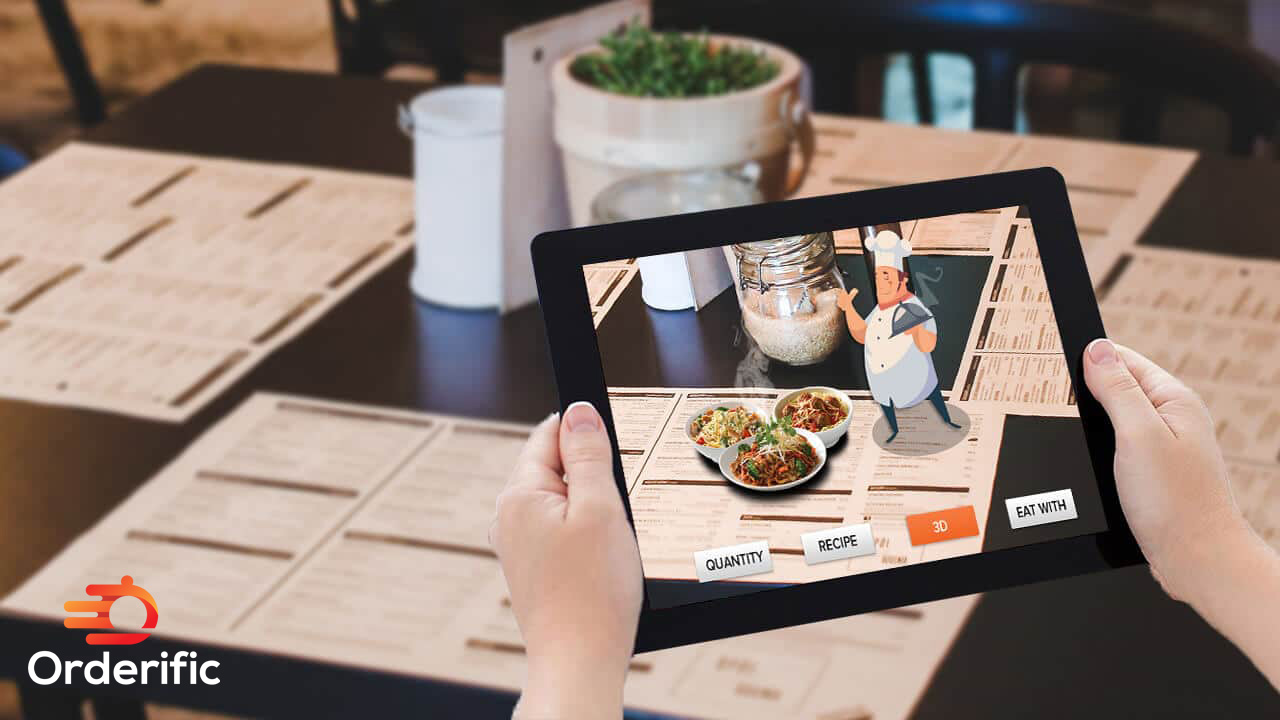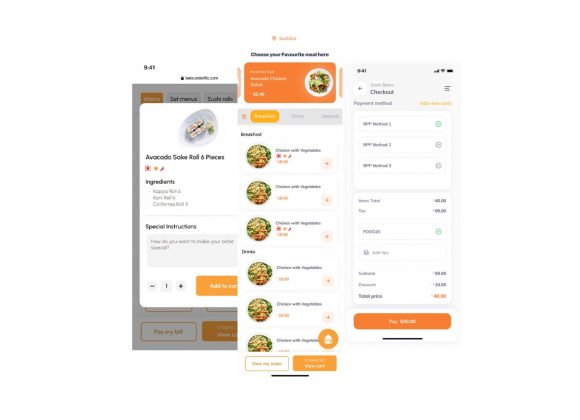
Traditional Mexican food includes various authentic dishes and spices representing Mexican cultural heritage. Cultural traditions have passed down various recipes for generations to maintain Mexico’s indigenous customs.
The Mexican food market is growing and is expected to reach $113.85 billion from 2021 to 2026 at a CAGR of 6.65%.
The rich tradition of Mexican Food
UNESCO has identified Mexican cuisine as a comprehensive cultural model comprising farming, ritual practices, age-old skills, culinary techniques, and ancestral community customs and manners.
Around 47.5% of restaurants offer Mexican dishes on their menus. UNESCO defines Mexican cuisine as the practices, representations, knowledge, and skills recognized by communities, groups, and individuals as part of their cultural heritage.
Two processes inherited from traditional Mexican cuisine are:
- Planting and harvesting native ingredients such as corn and chile peppers.
- Manually grinding grain for tortillas on stone and mortar.
In 2010 traditional Mexican cuisine was officially included in the Representative List of the Intangible Cultural Heritage of Humanity.
Mexican Food v/s Tex-Mex Cuisine
Inspired by traditional Mexican cooking early Texas settlers invented Tex-Mex cuisine. Burritos, chili con carne, hardshell tacos, queso dip, and nachos belong to Tex-Mex cuisine. Most Mexican foods served in the U.S. are different from authentic dishes.
A study shows 50,000 Mexican restaurant businesses operating in the U.S. in 2023. Around 1.2 million Mexican food cooks are currently employed in restaurants in the United States.
Mexican restaurants in the U.S. have a market value of $77 billion. In 2020, Mexico was the third-largest menu trend for the United States and around 7% of the country’s foodservice market.
The ingredients and culinary practices of U.S.-based Mexican cuisine differ from traditional cooking methods. There may also be significant variations among the preparations of dishes.
Here are a few major differences between authentic Mexican Food and Tex-Mex dishes:
- Use fresh and healthy ingredients instead of jars of store-bought salsa.
- Utilize traditional spices instead of cumin or dry oregano.
- Maize-based tortillas in place of wheat tortillas.
- Use white cheese instead of yellow cheese.
- Frijoles prepared from scratch, not Americanized refried beans.
What makes Mexican Food so Unique?
The history, variability, and unique ingredients are a few factors that make Mexican food so irresistible and special. The distinct blend of spices, seasonings, and vibrant colors makes Mexican dishes unique.
Mexican cuisine offers some of the most delicious and unique flavors. Cooking styles vary among the different states and geographic territories across the country. Distinct regions prepare their dishes differently due to the cultural diversity and ingredients available.
Spices Dominance
The most common ingredients of Mexican cooking are cinnamon, cloves and cocoa garlic, onions, cilantro, oregano, cumin, and chilies. Mexican cuisine uses over 100 different varieties of chilli.
Mexican Cuisine includes corns in almost every dish. Tortillas, a corn type, are used in many Mexican staples like taquitos, tostadas, quesadillas, and enchiladas.
The staple ingredients of Mexican food include beans, rice, and tortillas. Some popular authentic Mexican foods are burritos, fajitas, quesadillas, and tacos. Tacos are the most widely eaten dish and an absolute staple in Mexican cuisine.
According to a study following are the famous Mexican dishes served globally:
- Tacos 50.85%
- Burrito 9.27%
- Nachos 7.97%
- Tortilla 6.73%
- Salad 5.54%
Some other popular Mexican dishes are:
1. Salsas and Guacamole
Mexican restaurants serve salsas, which are often spicy, with most meals. There is a wide range of delicious salsas to choose from, such as green salsa made of tomatillos, red salsa made of fresh tomatoes, and guacamole made with lovely ripe avocados.
2. Carnitas
Carnitas is one of the traditional dishes of Mexico. The meaning of the word ‘Carnitas’ is “little meats”. It refers to the little bite-sized crispy bits of meat that are braised and then fried.
3. Carne Asada
Carne Asada means “grilled meats” and is prepared by grilling thinly sliced steak and then filling it in tacos and burritos. The secret of this delicious recipe is the marinade made with lime juice which brings the taste and tenderizes the meat.
4. Barbacoa
Barbacoa is a tender slow-cooked beef or lamb often served during special celebrations and occasions. The common ingredients of the dish are meat, chilies, garlic, and onion.
Barbacoa is traditionally cooked in a pot kept in a hole in the ground, lined with rocks, and filled with wood until tender. The cooking pot is then covered with maguey leaves for extra flavor.
5. Mole
Mole is one of the popular traditional Mexican chili-based sauces. Moles are famous for their complexity in preparation and the use of several ingredients during the process.
6. Chilaquiles
Chilaquiles means chillis and greens. It is a traditional Mexican dish that features crispy tortillas simmered with salsa or mole sauce and garnished with other supplements like cheese.
7. Pork Pibil
Pork Pibil uses a Pib, an oven made with a hole in the ground lined with hot stones, to cook the pork. What brings magic to this dish is the marinade made with bitter oranges, spices, and annatto seeds which also give the vibrant burnt orange color.
8. Tostadas and Sopes
Tostadas are flat crunchy tacos prepared using a flat griddle pan by heating corn tortillas until crispy. You can garnish this tasty and crunchy base with almost anything. Restaurants serve Sopes with beans, sour cream, salsa, shredded lettuce, and sometimes meat.
How Orderific can help restaurants
Orderific leverages the best technologies to enhance your customers’ experience at every level. It is an easy-to-use free web-based service that does not require heavy software downloads.
Orderific can increase your chance of success and profitability by offering:
- Digital menus for tableside ordering
- Integrating payments with loyalty programs
- Efficient POS systems for inventory management
- A free website builder for marketing and promotions
- Menu customization for better offerings
- Accurate insights and reports to make informed decisions
Customers can use Orderific to:
- Get fast service and delivery
- Customize their orders
- Access QR code menus
- Avoid waiting for their order
- Order and pay online
- Get coupons and discounts while exploring the digital menu
- Sign up for loyalty programs
You can connect with our team to discuss the benefits in detail.
FAQs
What is the history of Mexican food?
The history of Mexican food dates back thousands of years to indigenous cultures like the Aztecs and Mayans, influenced by Spanish and other global cuisines.
What is the oldest traditional Mexican food?
One of the oldest traditional Mexican foods is “tamales,” which have been enjoyed in various forms for over 8,000 years.
What did Mexicans eat before the Spanish came?
Before the Spanish arrived, Mexicans ate a wide variety of foods like maize (corn), beans, chilies, tomatoes, avocados, and various meats and seafood, depending on the region.
How did Mexican food become popular?
Mexican food became popular globally due to its rich flavors, versatility, and the spread of Mexican culture through immigration and international cuisine trends.












